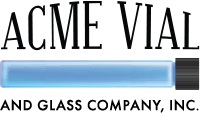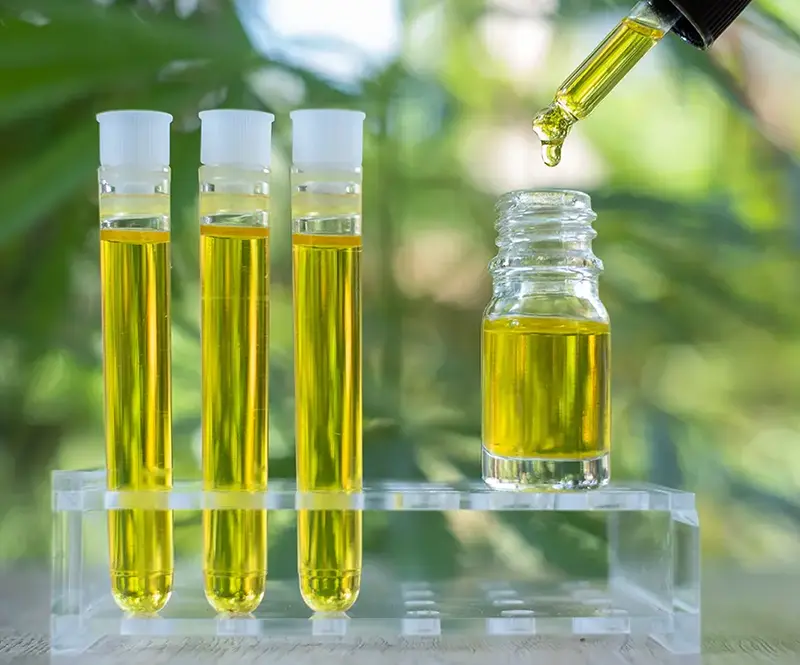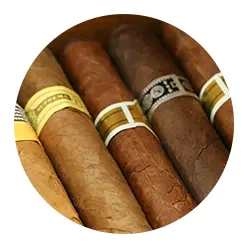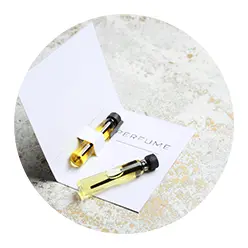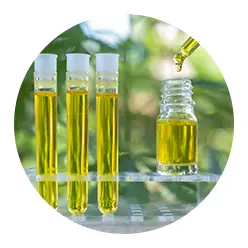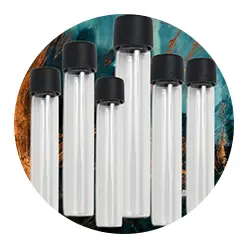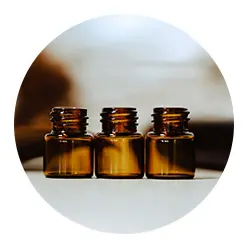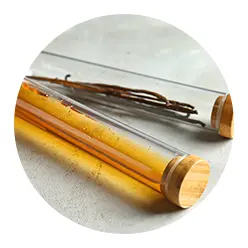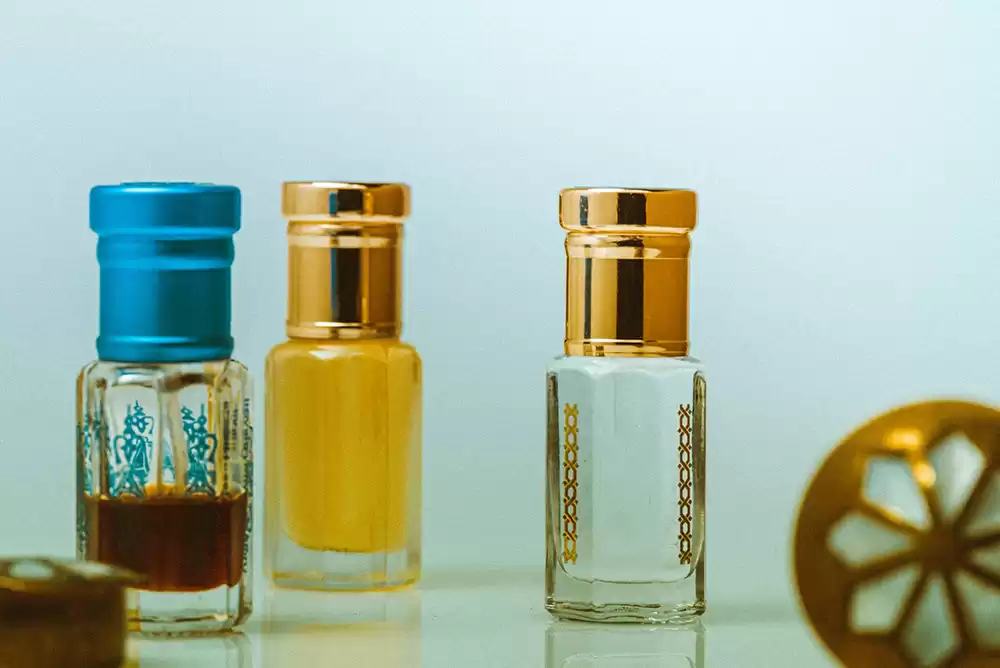Glass vials have long been a staple in industries like cannabis, essential oils, skincare, cosmetics, etc. Acme Vial and Glass, a renowned manufacturer in the United States, has produced top-quality glass vials since 1942. These vials find their way into countless products, offering functionality and aesthetics. But what happens to these vials once they have served their primary purpose? Recycling is the answer, and in this comprehensive guide, we will explore the ins and outs of recycling glass vials.
The Environmental Imperative
Recycling glass vials is not just a matter of convenience; it is a crucial step toward reducing the environmental impact of our industries. Manufacturers can significantly contribute to sustainability efforts and minimize their carbon footprint by recycling glass vials. Let us delve into the critical aspects of recycling these valuable assets.
Sorting and Preparing Glass Vials
Before diving into the recycling process, sorting and preparing glass vials correctly is essential. Start by ensuring the vials are clean and free from residual contents. Removing labels, caps, corks, or stoppers is a vital first step. It is worth noting that Acme Vial and Glass offers a wide range of closures to fit their products, making this step more accessible for their customers.
The Recycling Process
Glass vials require a specific recycling process. These vials are typically formed from glass tubing, making their recycling unique. The process involves crushing the glass into small pieces called cullet. This cullet can then be melted down and reformed into new glass products.
Best Practices for Manufacturers
Manufacturers play a crucial role in the glass vial recycling process. Here are some best practices to consider:
Collection: Establish a systematic collection system within your manufacturing facility. Encourage employees to segregate used glass vials properly.
Storage: Store collected vials in designated sturdy containers and labeled for recycling. Ensure that the vials remain clean and free from contaminants.
Transportation: Partner with local recycling facilities or services specializing in glass recycling. Transport the collected vials to these facilities regularly to ensure a smooth recycling process.
Education: Educate your employees and customers about the importance of glass vial recycling. Promote responsible disposal and recycling practices to create a culture of sustainability.
Regulatory Aspects
Depending on your industry and location, specific regulations may govern the recycling of glass vials. It is essential to stay informed about these regulations and comply to avoid legal complications. Regulatory compliance is a legal obligation and a way to contribute positively to the environment and society.
Innovation and Inspiration
Glass vial recycling is more comprehensive than traditional methods. The industry has seen innovations in recycling technology that enhance efficiency and reduce environmental impact. Embracing these innovations can lead to even more sustainable practices. Case studies of successful recycling initiatives can inspire manufacturers looking to make a positive change.
Conclusion
Recycling glass vials is not only an ethical choice but also a smart one for manufacturers in industries like cannabis, essential oils, skincare, cosmetics, and more. By following the best practices outlined in this guide and staying informed about regulatory requirements, you can actively contribute to a greener and more sustainable future. With its commitment to quality and customer service, Acme Vial and Glass stands as a prime example of how manufacturers can lead the way in responsible glass vial recycling. Start your journey toward a more sustainable future today!
